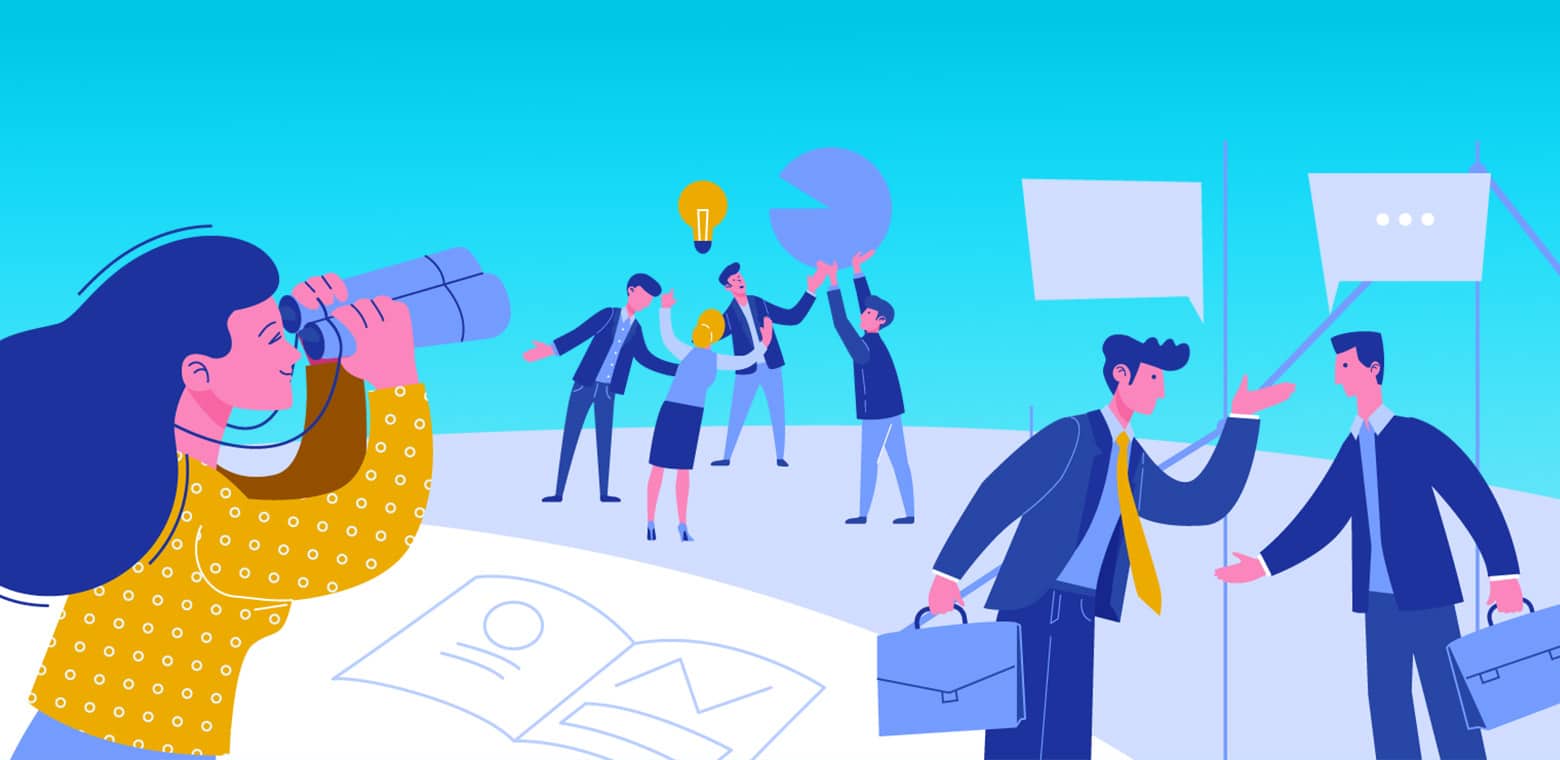At our core, here at eStorm, we are driven to help people and businesses succeed. We’re passionate about helping people achieve their goals, increasing efficiency and making work life overall a lot easier—and who doesn’t want an easier work life.
So in order to help us all succeed together, we’ve put together a short and simple list (…I mean it’s kind of a list.. there’s more than one thing so that counts right?) of research backed tips designed to help make your work life a little easier and a lot more productive.
1. Notification overload
Email notifications. Text notifications. Social notifications. Workplace messenger notification.
Pretty standard for your typical work day, but these distractions are sabotaging your productivity and stealing attention away from the tasks at hand.
According to Gloria Mark’s research on distraction and the cost of interrupted work, it takes an average of 25 minutes to return to your original task after an interruption.
Likewise, multiple studies confirm that the distraction itself isn’t the only cause of your time being eaten up, but that your mental progress is derailed for up to 30 minutes afterwards.
Concurrently, other studies show that attention distraction can lead to higher levels of stress, lower productivity, as well as bad mood.
In other words, the 30 second distraction of checking your email or phone after a notification isn’t really 30 seconds. The true cost of distraction is the length of the distraction itself + 23 minutes and 15 seconds.
It’s no wonder we can often feel like we’re not getting anything done.
The solution
We need to be realistic about distractions and interruptions to our work. Eliminating them entirely isn’t necessarily achievable, but we can strive to reduce them.
Self imposed distractions, like the notifications, are much easier to regulate. Setting your phone to silent, closing email tabs, turning off notifications and setting your messenger status to away gives you some necessary breathing room to focus.
Likewise, setting specific times throughout the day to check email and inbound notifications is a great way to prioritise, stay focused, stay connected and remain on top of your tasks.
2. The multi-task myth
The more technology advances and the more we adapt to it, the more tasks we can perform at the same time… right?
Earl Miller, a Picower professor of neuroscience at MIT, says that for the most part, we simply can’t focus on more than one thing at a time. However, he said, we can shift our focus from one thing to the next with astonishing speed—known as task switching.
During task switching, we do not pay attention to multiple things simultaneously, but rather we switch between them as similar tasks compete to use the same part of the brain.
“Think about writing an email and talking on the phone at the same time. Those things are nearly impossible to do at the same time,” he said.
“You cannot focus on one while doing the other. That’s because of what’s called interference between the two tasks. They both involve communicating via speech or written word.”
Researches claim they can actually see the brain struggle.
This constant shifting of gears has a significant impact on your ability to complete tasks, with recent estimates showing that it can cause productivity levels to drop by 40%.
The solution
Dr. Melissa Gratias, workplace productivity coach and speaker, advises that we don’t fall into the trap of setting ourselves up for failure before the day begins.
“If we pull out a task list of 25 things to do, we’re guaranteed that we’re going to be disappointed in our progress at the end of the day.”
Dr. Gratias recommends choosing between 5 and 9 tasks you want to make progress on that day. It’s important to make sure you’re explicit and honest about your highest priority task so you’re proactively making progress toward something.


